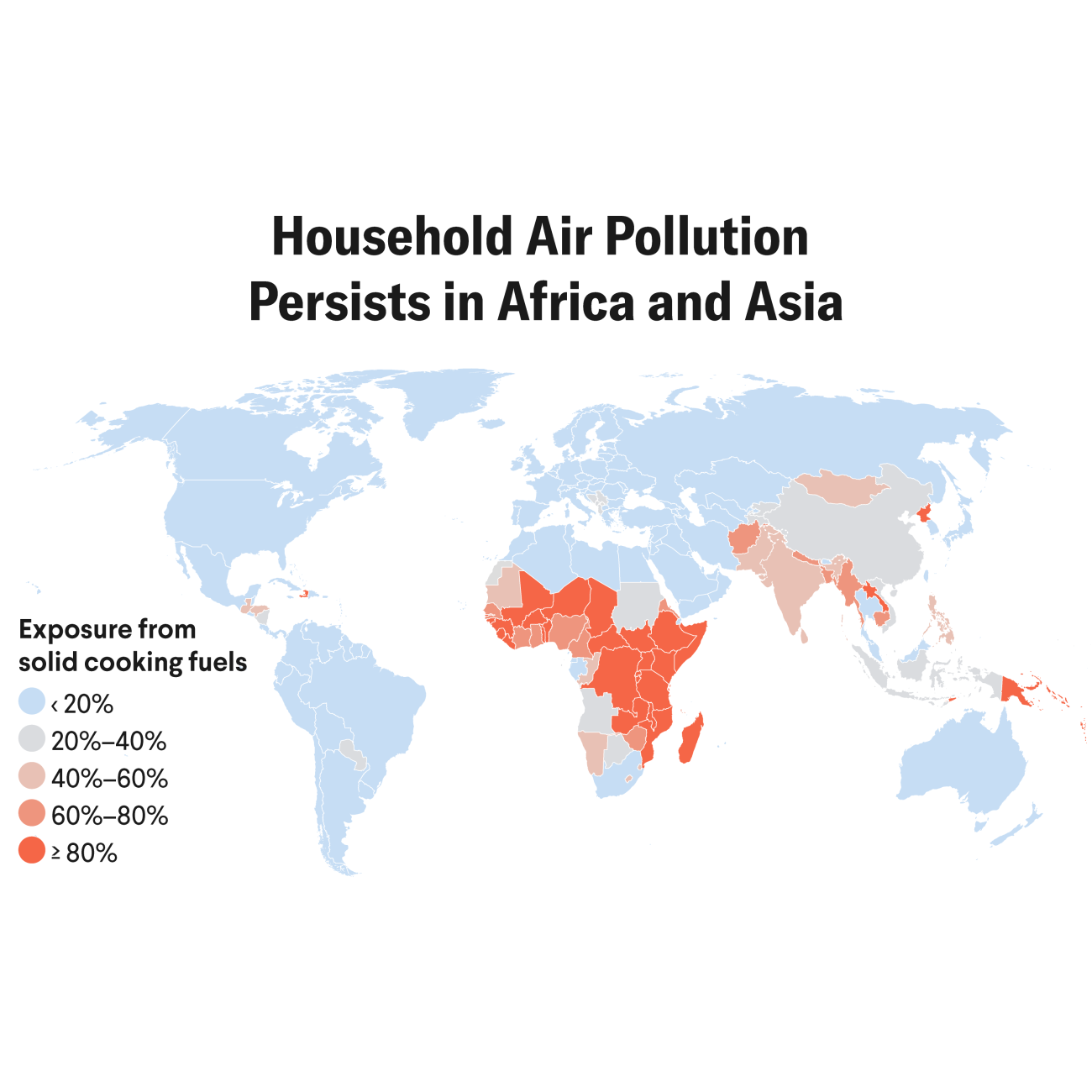Droughts, floods and other climate-fueled disasters are having a negative impact on the health and safety of communities worldwide. This emergency has motivated a drumbeat of diplomatic activities, exemplified in the recent twenty-eighth meeting of the Conference of Parties (COP28) in the United Arab Emirates.
The urgency has never been more apparent, yet climate investments are falling behind and the need for an evidence-driven strategy to ensure efficient use of available funds is critical.
The Green Climate Fund's (GCF) international replenishment conference, held two months before COP28, secured $9.3 billion for climate mitigation and adaptation—a 7% shortfall of its $10 billion target. That by itself, though, is only a fraction of the $200 to $250 billion of carbon-neutral financing that developing countries need if they are to address the deleterious impact of climate change effectively.
The GCF is the world's largest multilateral instrument on climate finance and aims to catalyze the optimal level of investments, which is necessary to achieving the goals defined in the Paris Agreement. By investing in low-carbon development, the GCF supports countries in their transition to a climate-resilient future. GCF's operational model takes the needs of nations that are particularly vulnerable to climate change impacts into account. Established in 2010, the GCF had its initial resource mobilization in 2014 receiving $10.3 billion in pledges from 45 countries. Subsequently, and in line with the United Nations Framework Convention on Climate Change, it underwent its first replenishment in 2019, garnering a further $10 billion in pledges from 32 countries.
The urgency has never been more apparent, yet climate investments are falling behind
A recent analysis using self-reported project data found that the GCF's portfolio projects had high transformation potential. Significant opportunity for improvement remains, however, especially within the sphere of adaptation where the fund has made considerable investments. Given the diversity of stakeholders at the country level, achieving the GCF's adaptation goals depends not just on resource allocation, but also on aligning all relevant in-country stakeholders on a shared agenda. That is particularly crucial given recent strategic moments such as the GCF's recent replenishment conference, the launch of a new strategic plan (2024–27), and the board's approval of $736 million investment allocated to new climate projects.
Like similar multilateral initiatives, the GCF uses a cofinancing model that leverages multiple sources of global financial instruments and domestic resources to address the most critical climate shocks facing countries. Drawing lessons from other multilateral organizations, such as the Gavi, the Vaccine Alliance, and the Global Fund to Fight AIDS, Malaria and Tuberculosis, the GCF can consider three broad approaches to delivering its ambitious mandate.
First, strategic initiatives should be data driven, cost effective, and iterative. In a rapidly evolving world, this not only creates the flexibility required to adapt but also enables the GCF to deliver projects with the most potential to generate an outsized impact. Second, local voices and expertise should be embedded in the entire strategic value chain—from initial consultation and conceptualization to project delivery. In addition to generating the right level of ownership, that approach ensures strategic choice and project selections align with country needs and are fit for purpose. Finally, executing at scale requires GCF managers to work closely with country systems while upholding excellent operational standards. These include ensuring policy coherence and consistent communication; establishing oversight mechanisms; simplification of grant-making protocols; and institutionalizing effective systems for monitoring and evaluation, such as using local fund agents to validate accredited entities.
Successfully delivering high-impact climate initiatives is crucial because many communities have become more vulnerable due to the negative impact of carbon emissions.
The timing of these recommendations is poignant. COP28, the largest climate change conference in memory, gathered 85,000 participants across the private, public, and third sectors—including at least 150 heads of state and government—aimed at reinvigorating the discussions on climate and to chart a way forward. Substantial funding progress was made given that total GCF replenishments following the conference reached a record high of $12.8 billion, and additional contributions are anticipated.
Although progress has been slow, the opportunity to leapfrog advances in climate adaptation and mitigation by leveraging emerging technologies in low-carbon development is now demonstrable.
Refreshingly, the political commitment required to address global climate concerns is currently high given that leaders all over the world acknowledge that the current path is unsustainable. In the context of limiting global temperature to 1.5°C, negotiators at COP28 signaled readiness to work toward ending fossil fuel emissions by designing and funding equitable and sustainable models.
Beyond COP28, aligning and delivering investments for climate adaptation and mitigation should remain multisectoral
Beyond COP28, aligning and delivering investments for climate adaptation and mitigation should remain multisectoral. The recent focus on the nexus of climate change and health during the World Health Organization's one hundred fifty-fourth Executive Board session is a case in point. By recognizing the "impact of chemicals, waste and pollution on human health" and the contribution of health system activities to global carbon emissions, stakeholders are better prepared to account for all variables in the transition to a low-carbon economy.
Ultimately, we expect those recommendations will enable the GCF to deliver strategic priorities with high transformation potential while improving efficiency in areas with limited opportunity. We acknowledge the importance of adequately financing climate adaptation and mitigation initiatives, but it is imperative to ensure that existing resources are efficiently delivered through robust strategy formulation and implementation.
EDITOR'S NOTE: The contents of the article solely reflect the authors' personal views.




